Filter News
Area of Research
- (-) Supercomputing (18)
- Advanced Manufacturing (1)
- Biological Systems (1)
- Biology and Environment (4)
- Clean Energy (30)
- Climate and Environmental Systems (2)
- Computational Biology (1)
- Energy Frontier Research Centers (1)
- Fuel Cycle Science and Technology (1)
- Fusion Energy (1)
- Materials (30)
- National Security (1)
- Neutron Science (19)
- Nuclear Science and Technology (10)
- Nuclear Systems Modeling, Simulation and Validation (1)
- Sensors and Controls (2)
Media Contacts
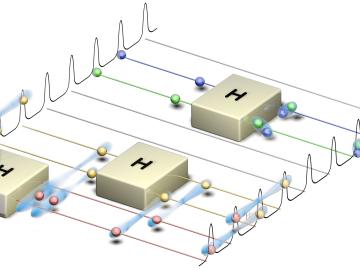
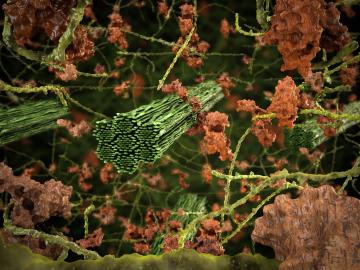
Seven researchers from the Department of Energy’s Oak Ridge National Laboratory have been chosen by the Innovative and Novel Computational Impact on Theory and Experiment, also known as INCITE, program to lead scientific investigations that require the nation’s mo...


In a project leveraging computer vision, machine learning, and sensors, Oak Ridge National Laboratory scientists are working with private company GRIDSMART Technologies, Inc. to demonstrate how stop lights can be programmed to improve fuel economy and reduce emissions.
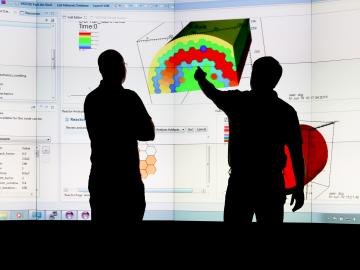

Long-haul tractor trailers, often referred to as “18-wheelers,” transport everything from household goods to supermarket foodstuffs across the United States every year. According to the Bureau of Transportation Statistics, these trucks moved more than 10 billion tons of goods—70.6 ...
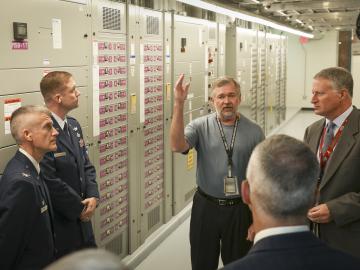
For the US military, accurate weather prediction is vital to both the planning and execution of worldwide missions. To extend its weather modeling capabilities, the US Air Force has joined the computing experts at the US Department of Energy’s (DOE’s) Oak Ridge National Laborato...
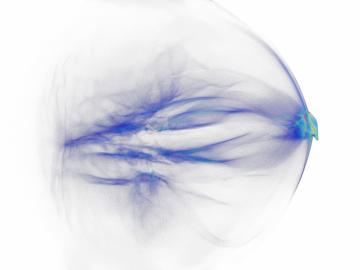

The US Department of Energy’s Oak Ridge National Laboratory is once again officially home to the fastest supercomputer in the world, according to the TOP500 List, a semiannual ranking of the world’s fastest computing systems.

In an effort to reduce errors in the analyses of diagnostic images by health professionals, a team of researchers from the Department of Energy’s Oak Ridge National Laboratory has improved understanding of the cognitive processes




